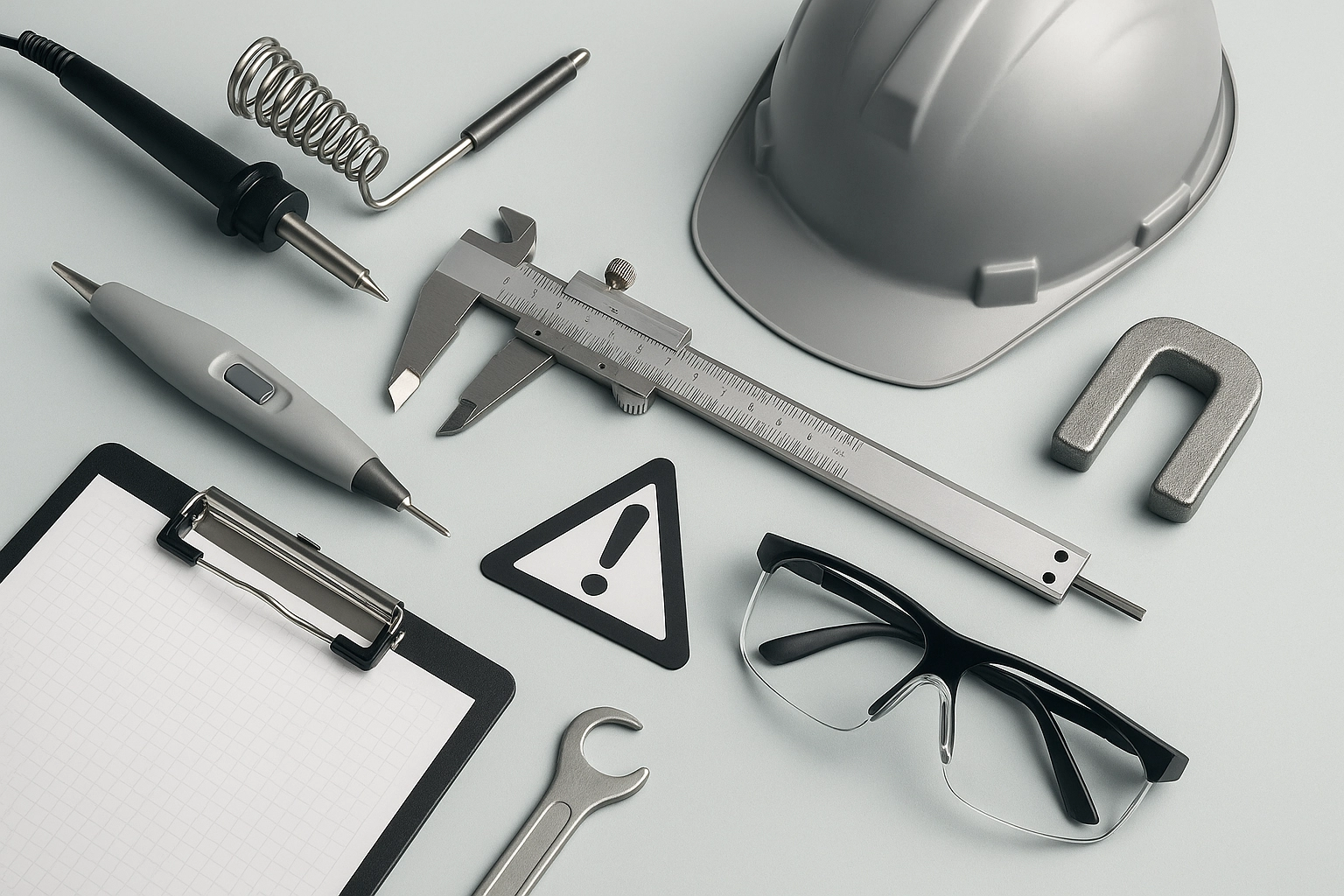ASTM F963 Small Objects Ingestion Risk Testing
The ASTM F963-17 Standard Specification for Consumer Safety Specification for Toy Safety is a comprehensive document that sets forth requirements to ensure the safety of toys, including small parts and components. One critical aspect of this standard is the testing of small objects for ingestion risk. This service focuses on identifying small objects within toys that may pose an ingestion hazard when a child under the age of three years old could reasonably come into contact with them.
ASTM F963-17 defines a "small parts" test to ensure that toy components do not present a choking or aspiration risk. The small parts testing protocol requires that toys and their components undergo specific mechanical tests designed to simulate how the child might interact with the toy. This includes crush testing, compression tests, and pull tests using standardized tools and conditions.
Crush testing involves placing a component in a fixture that simulates the force applied by a child's mouth or hand. Compression tests evaluate the stability of parts under pressure to ensure they do not break into smaller pieces. Pull tests assess how easily a part can be pulled out, which could lead to ingestion if it comes loose.
These mechanical tests are critical for ensuring compliance with ASTM F963-17 and other relevant regulations like the CPSC (Consumer Product Safety Commission) rules in the United States. The results of these tests provide valuable insights into potential hazards associated with toys, helping manufacturers identify risks early on in the design process.
Additionally, this service includes a detailed report that outlines all test parameters, specimen preparation methods, and instrumentation used during testing. Compliance officers and quality managers can use this information to ensure their products meet regulatory requirements while also providing R&D engineers with essential data for future product improvements.
The importance of ASTM F963-17 cannot be overstated in the toy industry. Non-compliance can lead to costly recalls, damage to brand reputation, and potential legal action. By offering this service, we help our clients stay ahead of regulatory changes and maintain a safe product range.
Our team uses advanced equipment and methodologies to perform these tests accurately and consistently. Each test is conducted under controlled conditions that mimic real-world scenarios where children might interact with toys. The results are then analyzed using strict criteria outlined in ASTM F963-17, ensuring compliance with industry standards.
- Crush testing
- Compression tests
- Pull tests
Why It Matters
The safety of children is paramount in the toy industry. ASTM F963-17 is a crucial standard that helps prevent accidents and injuries caused by small objects within toys. By ensuring that toys meet these stringent requirements, we protect young children from potential dangers.
Compliance with ASTM F963-17 not only protects consumers but also shields manufacturers from legal risks associated with non-compliant products. In the United States, for example, the Consumer Product Safety Commission (CPSC) enforces these regulations, and failure to comply can result in significant fines and product recalls.
Moreover, maintaining compliance demonstrates a commitment to ethical business practices and responsible manufacturing. This aligns with consumer expectations and enhances brand reputation, fostering long-term customer trust and loyalty.
The testing of small objects for ingestion risk is just one aspect of our comprehensive toy safety services. By offering this service, we help ensure that all toys meet the highest standards of safety and quality, contributing to a safer environment for children everywhere.
Scope and Methodology
The scope of ASTM F963-17 covers various aspects of toy safety, including small parts testing. This service focuses specifically on the identification and evaluation of small objects within toys that could pose an ingestion risk to children under three years old.
For crush testing, we use specialized fixtures designed to simulate the force applied by a child's mouth or hand. The test involves placing a component in these fixtures and applying pressure until it breaks into smaller pieces. This helps determine if the toy part could become a choking hazard.
Pull tests are conducted using standardized tools that replicate the ease with which a child might pull out a loose component. By measuring how much force is required to detach a part, we can assess its stability and durability under typical usage conditions.
Compression tests evaluate how well toy components withstand pressure without breaking into smaller pieces. These tests use hydraulic presses that apply consistent loads to simulate the weight and force exerted by children during play.
All tests are performed in accordance with ASTM F963-17, which specifies detailed procedures for each type of test. The results are meticulously recorded and analyzed using strict criteria to ensure accurate assessments of potential hazards.





